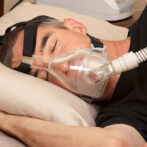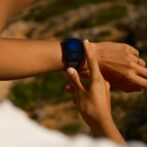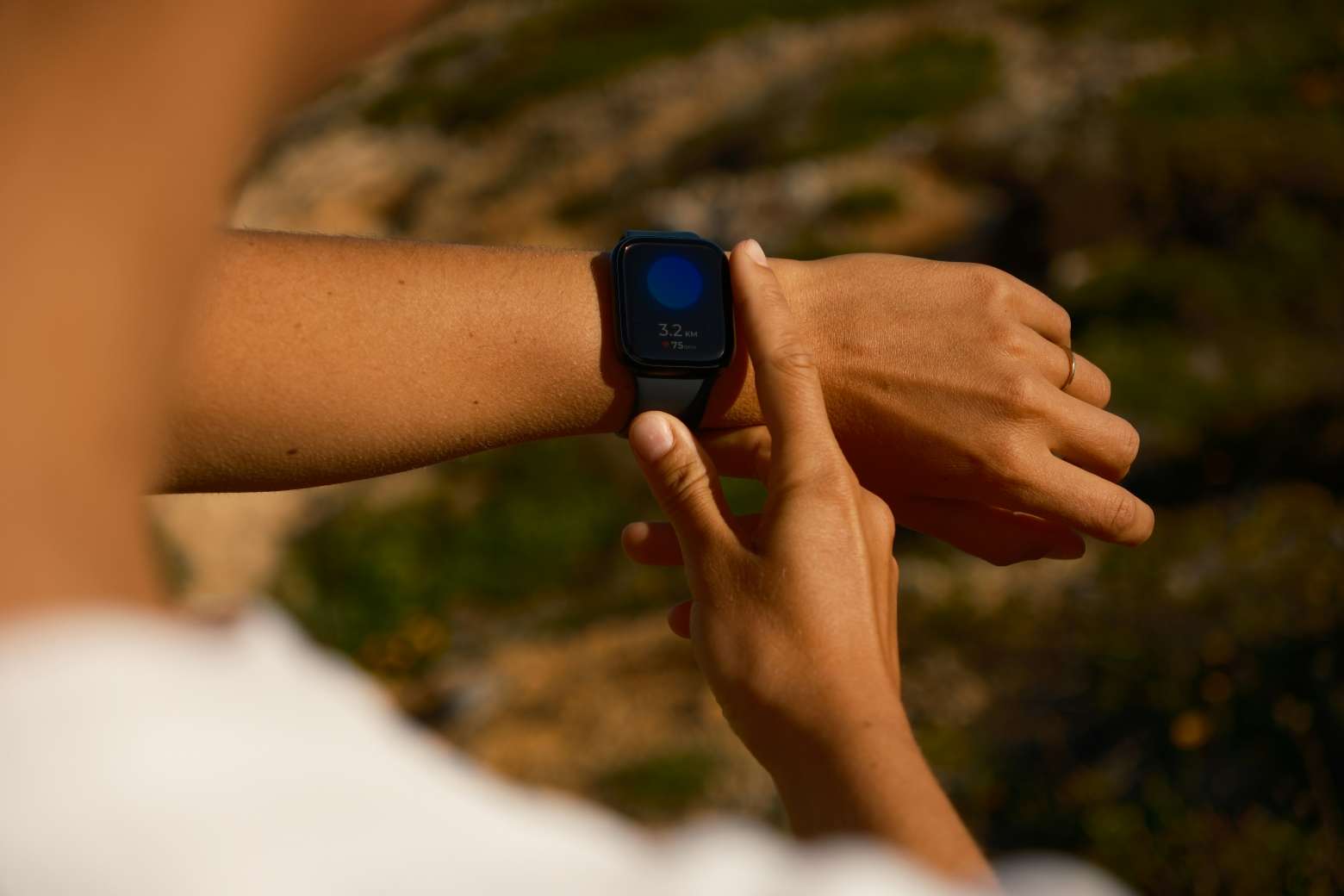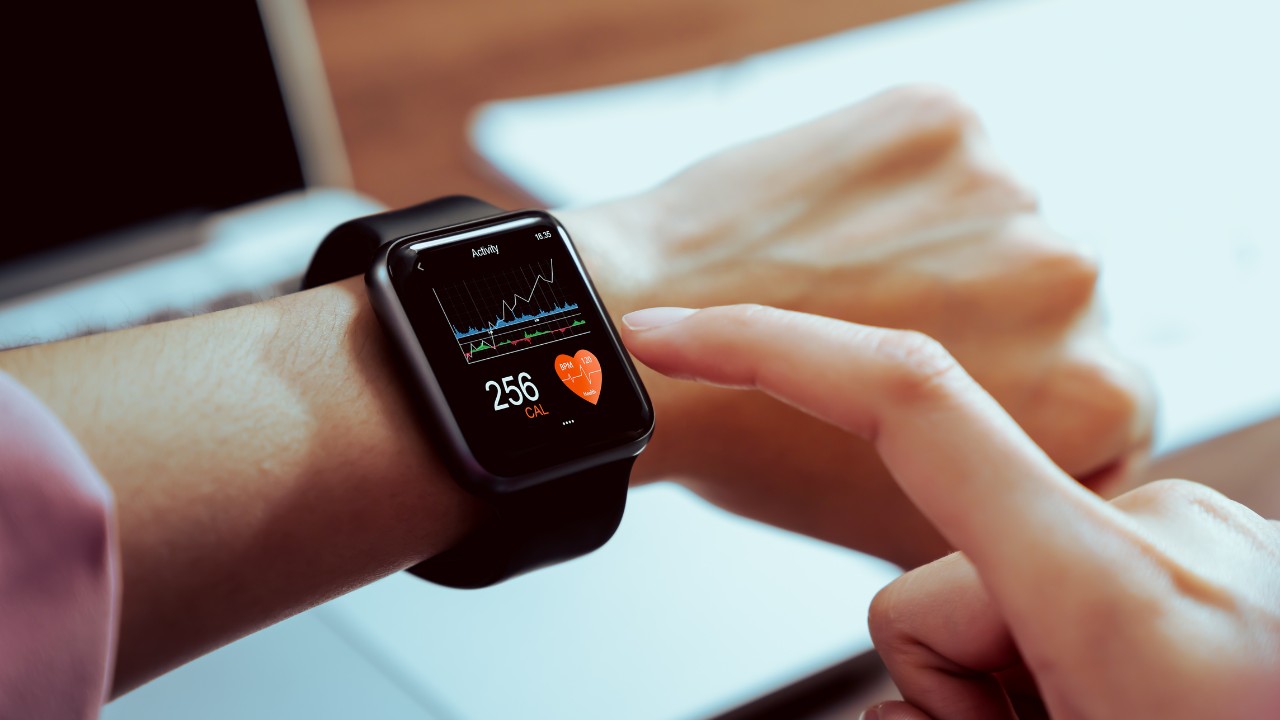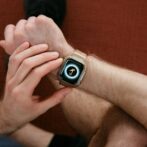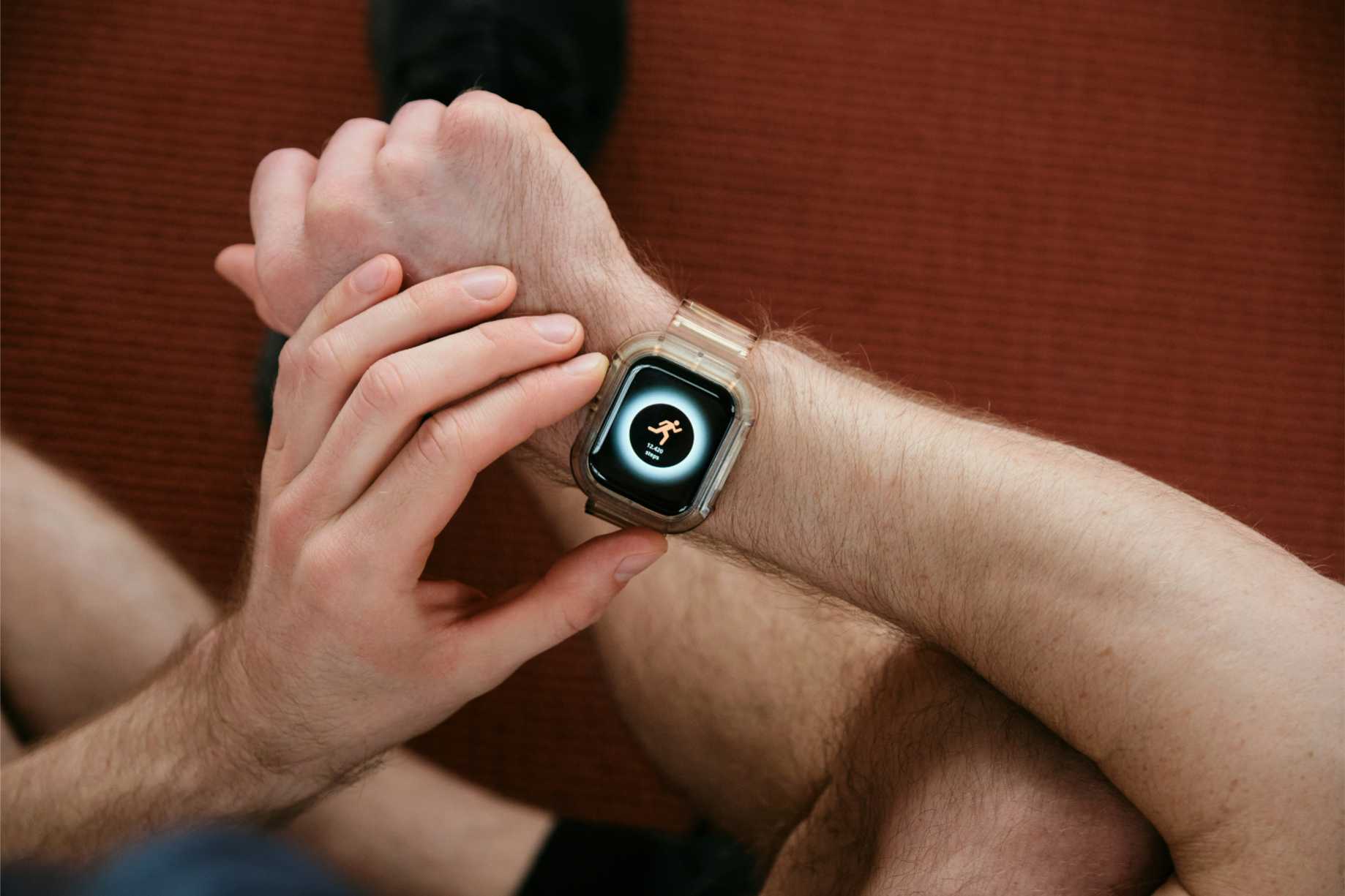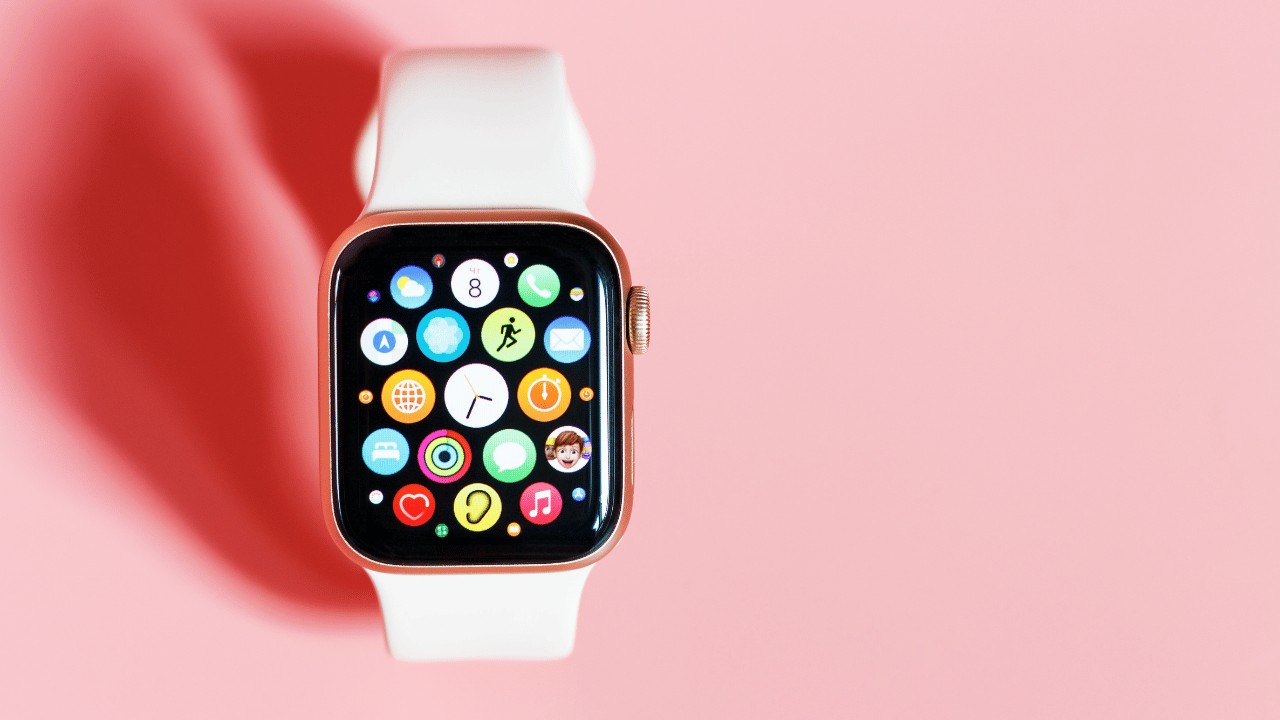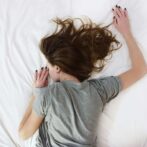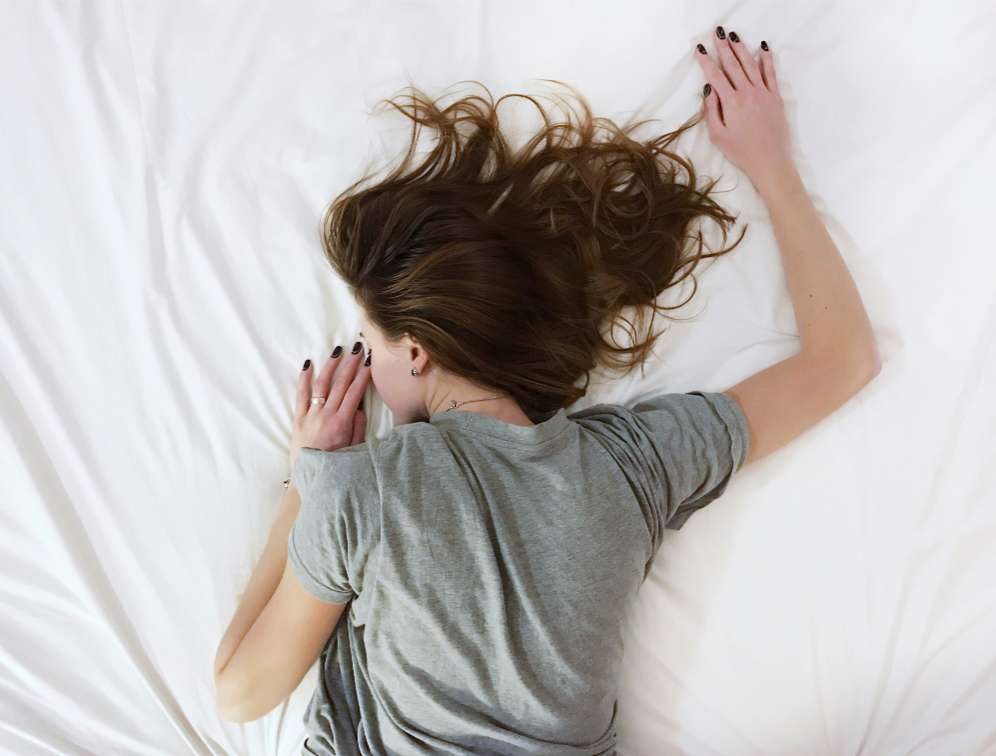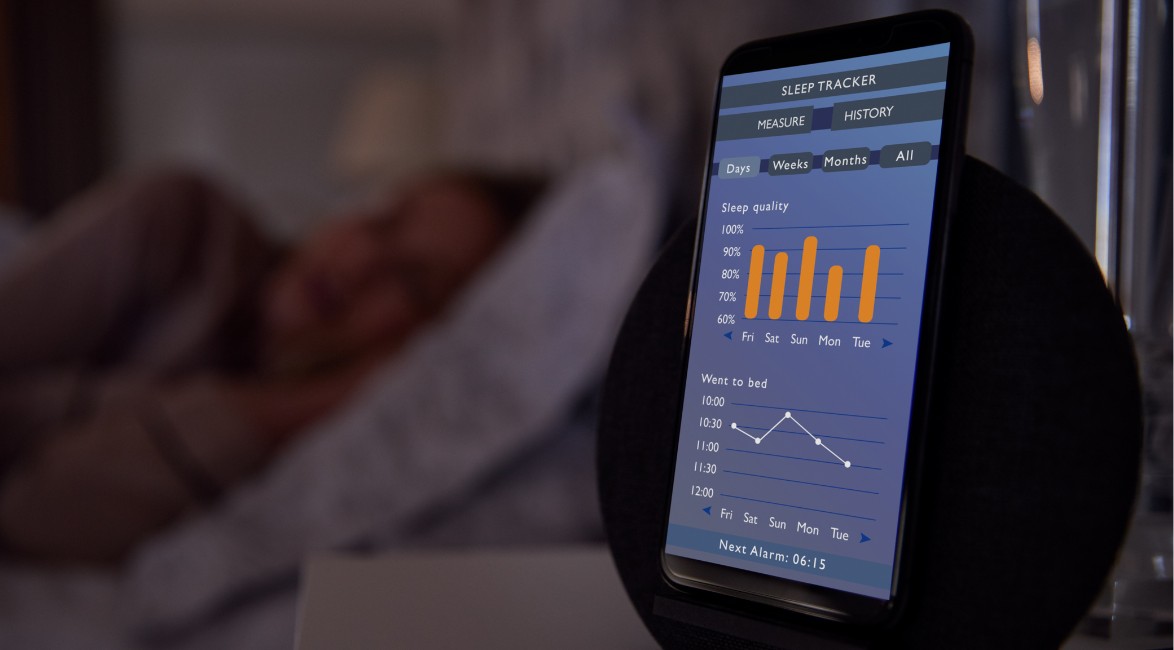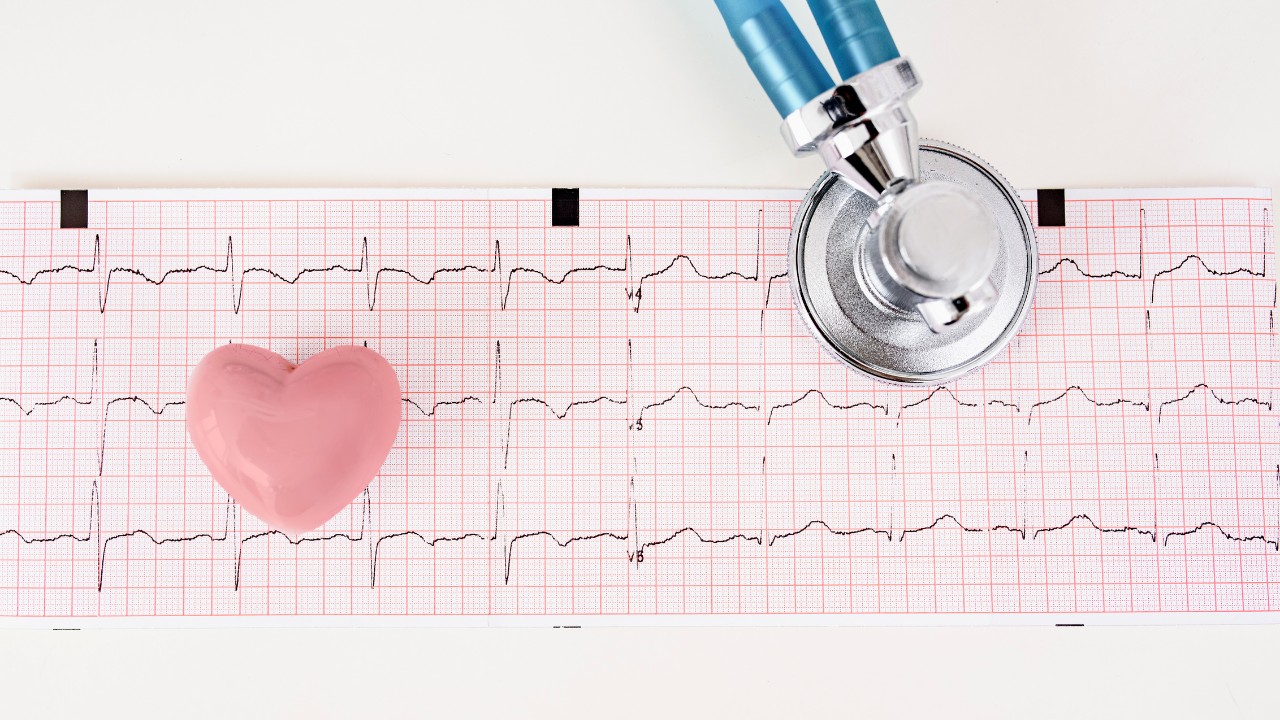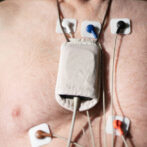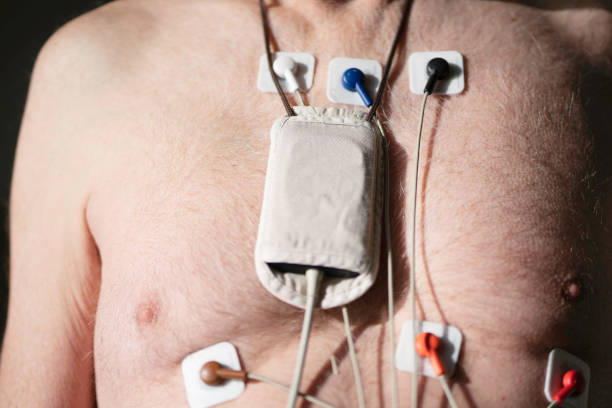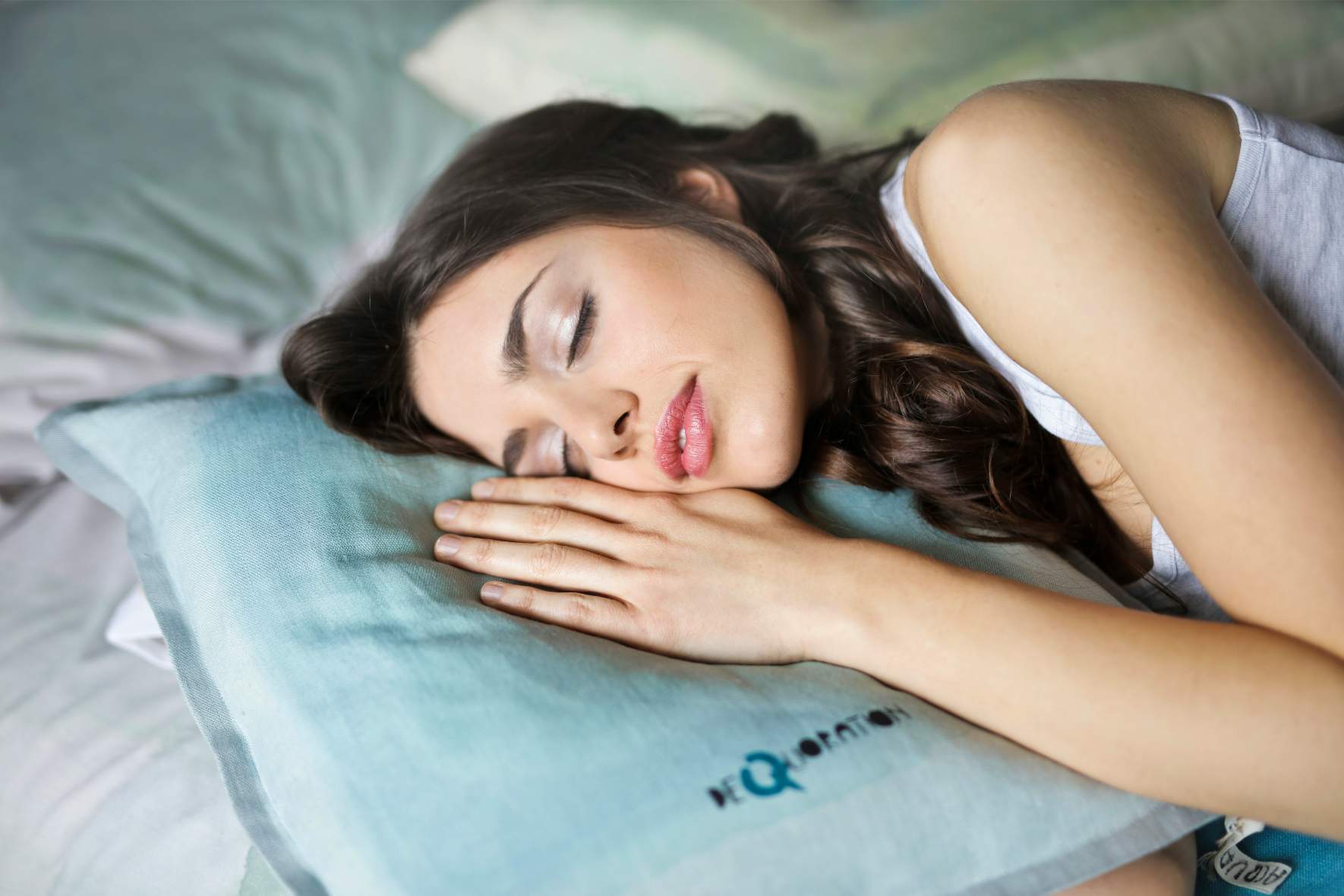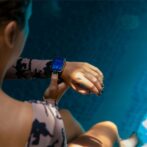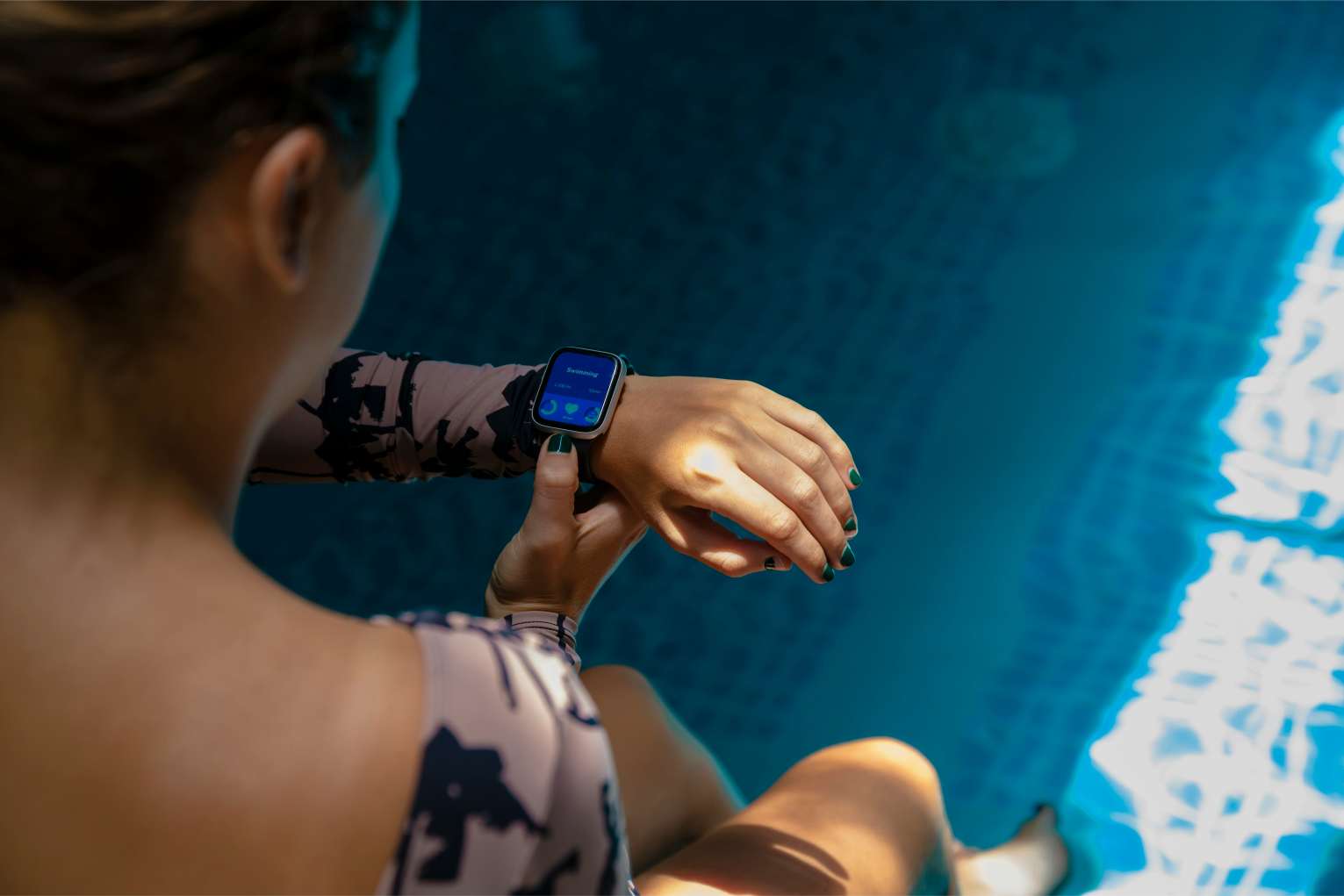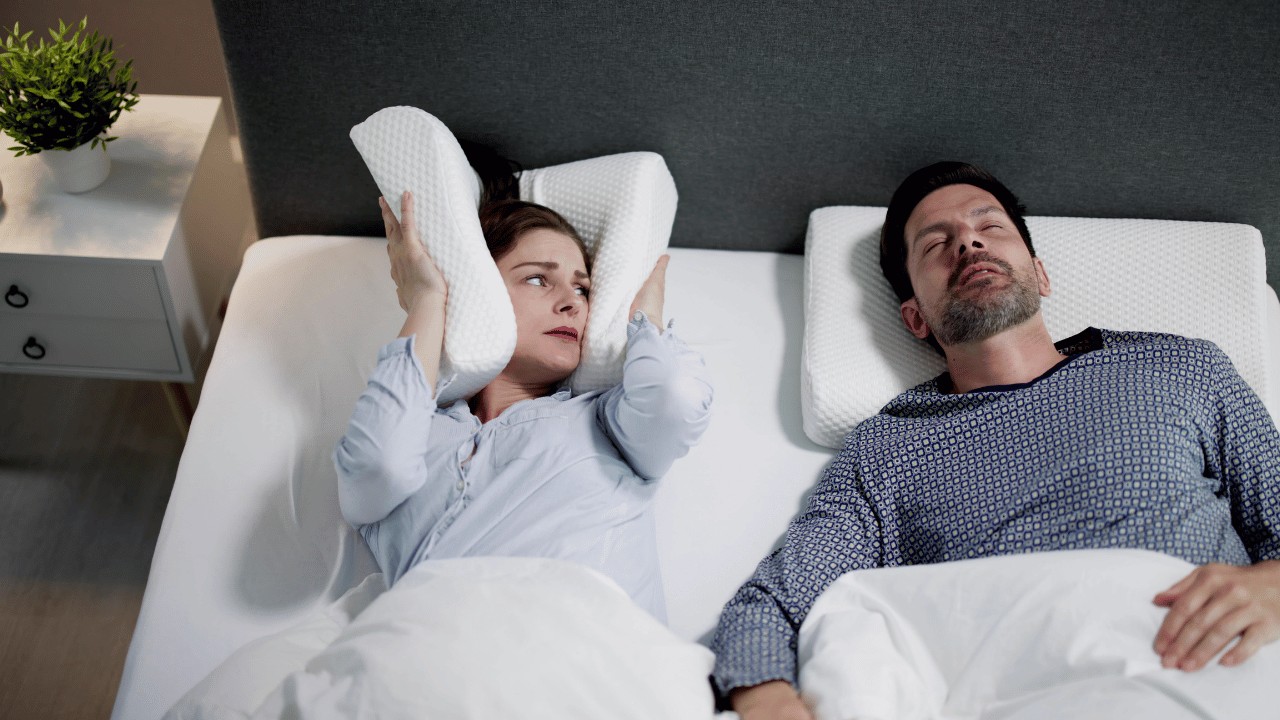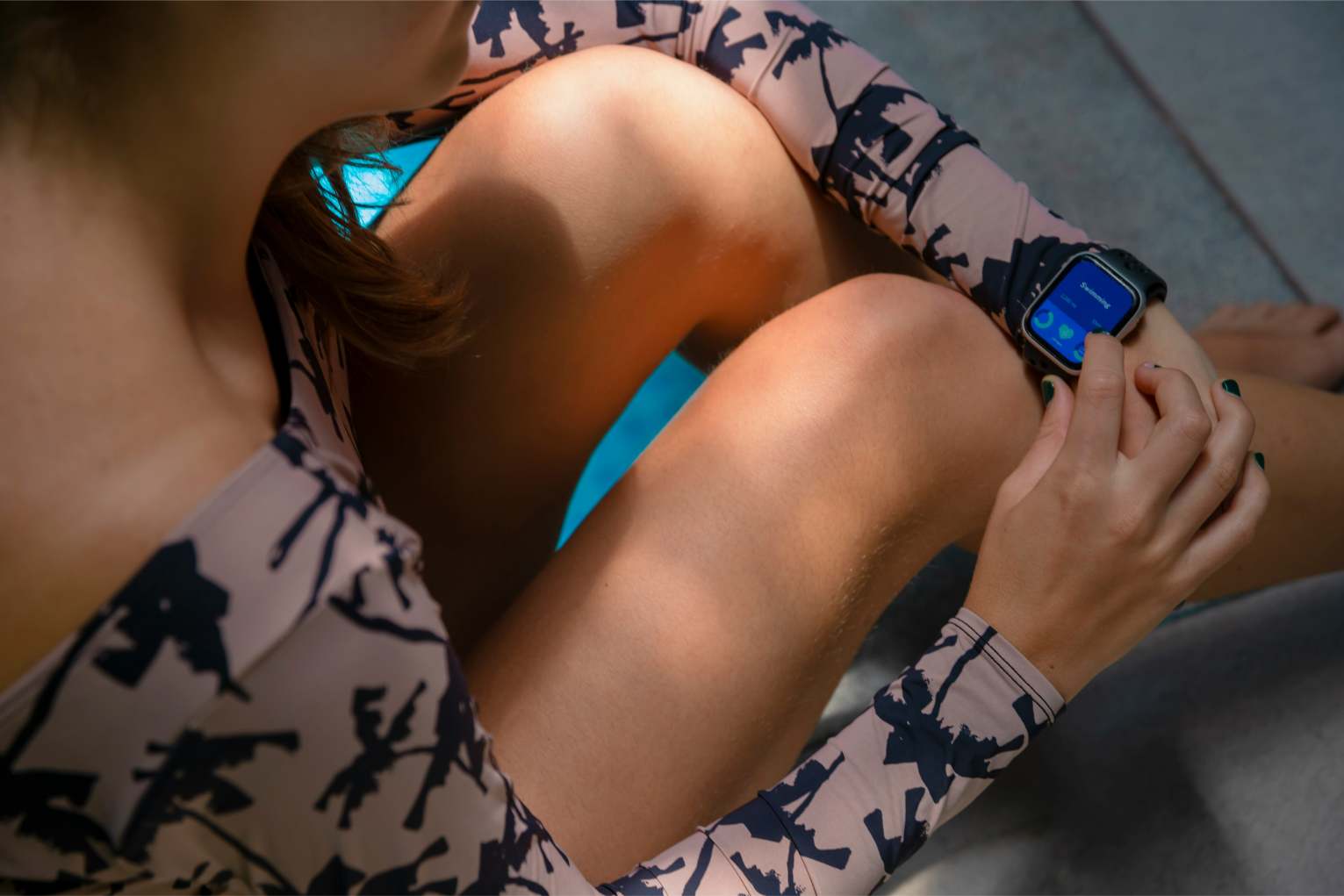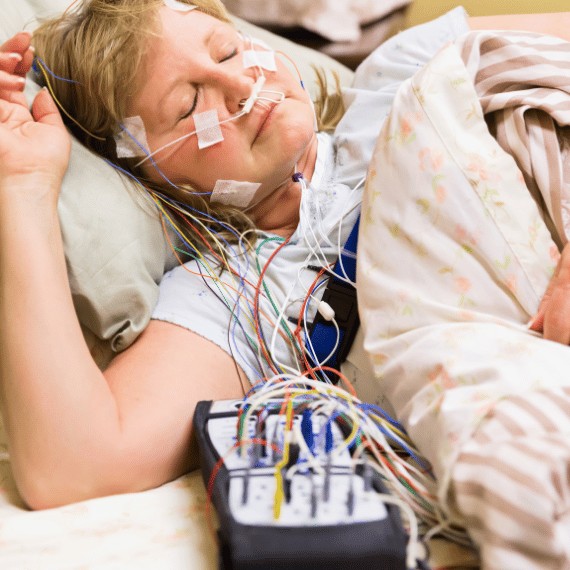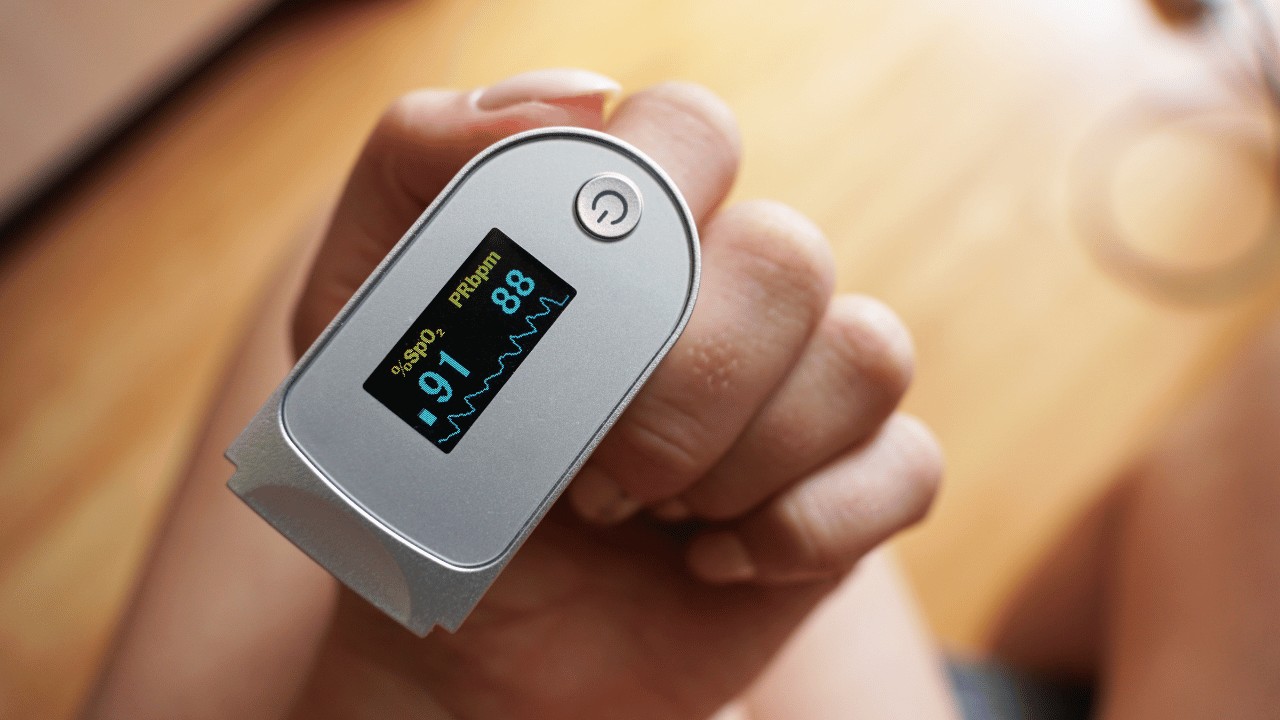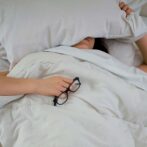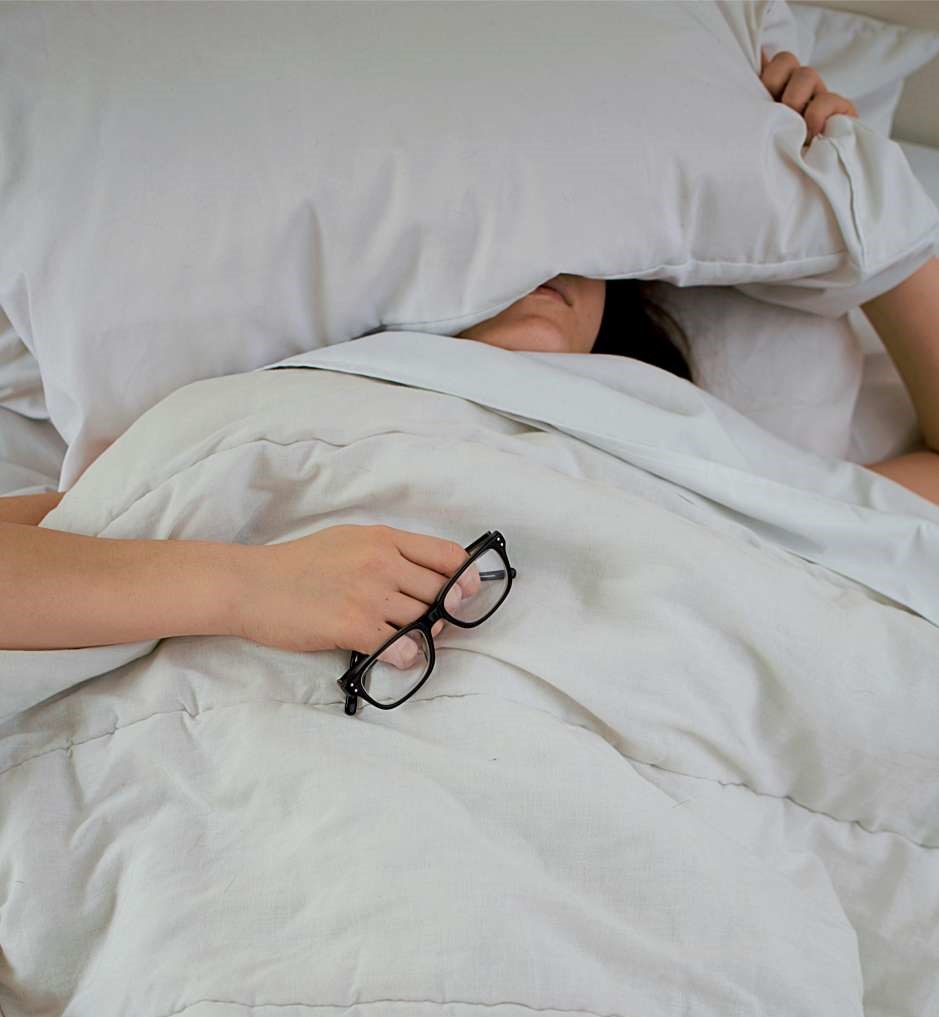Sleep Apnea Machine Side Effects
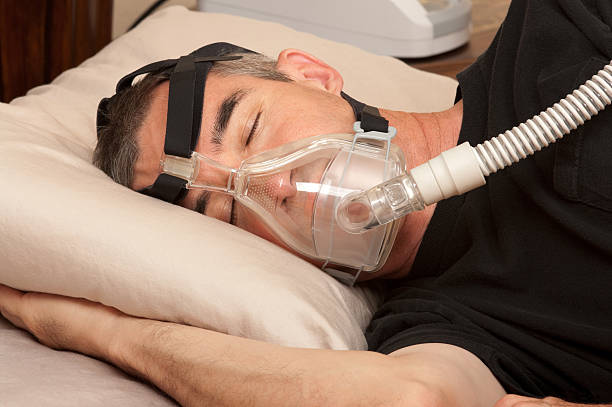
So, you’ve been diagnosed with sleep apnea and have been handed a fancy machine to help you breathe at night. While these machines can be helpful for improving your breathing at night, let’s be real–it’s not fun or ideal to snooze with a machine strapped to your face.
When using a CPAP machine, you can find yourself dealing with side effects such as dryness in your nose and throat, skin irritation, or discomfort from added pressure. Let’s talk about these side effects and how to address them if they show up.
Is There an Alternative Worth Trying?
If you’re having trouble with your CPAP machine, you may be wondering if the sleep apnea monitor features of a Fitbit and the Oura Ring can be an effective substitute, or if Apple or Samsung Health can monitor sleep apnea effectively.
Think of these devices and apps like a pre-game, not the main event. They are helpful to pick up on trends while you sleep, but they’re not going to solve the problem. They’re great for tracking your sleep patterns, oxygen levels, and heart rate, but they won’t help you breathe better at night.
These gadgets can bring some big health issues to your attention, like oxygen dips or irregular breathing, but they’re not designed to provide the continuous airflow that a CPAP machine does. If you’re seriously struggling with your sleep apnea machine, it may be worth asking your doctor if there’s another treatment plan worth trying.
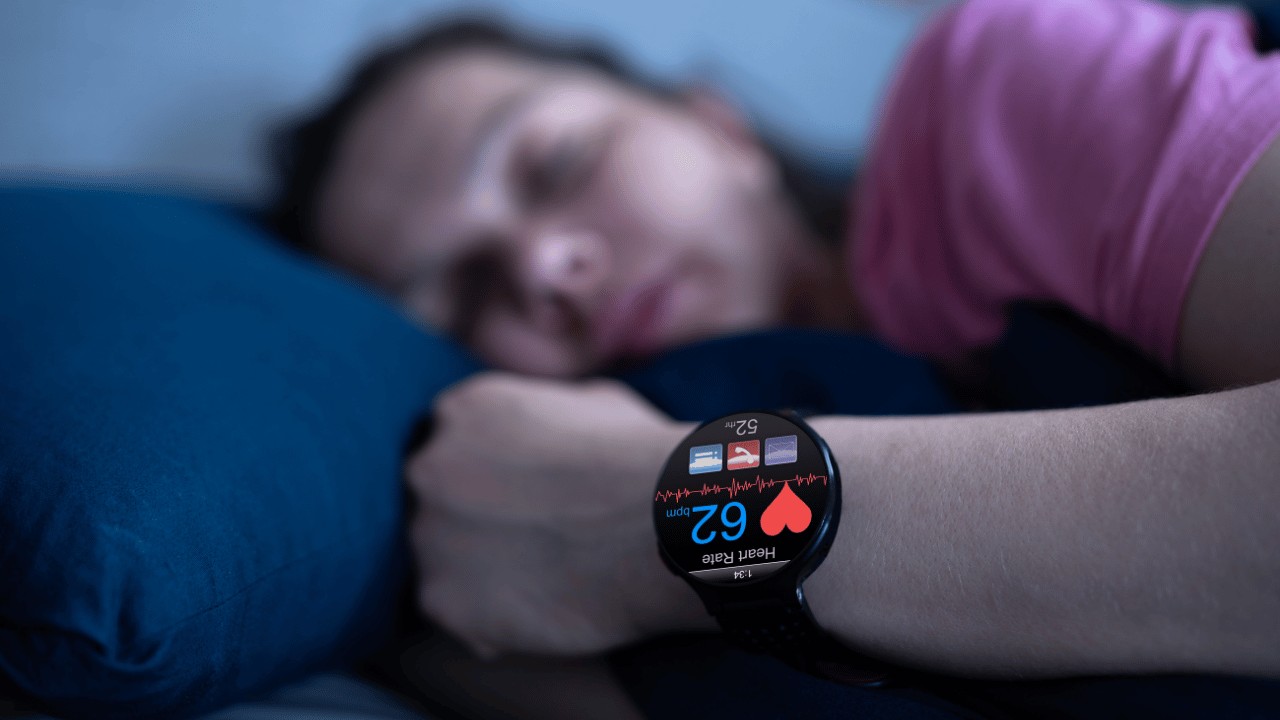
Commons Side Effects and Struggles
Now, let’s get into the nitty gritty of sleep apnea machines and the side effects and struggles many people deal with. Here are some of the most common ones:
- Sinus congestion
- Dry nose and throat
- Facial pain/irritation
- Dry eyes
- Claustrophobia
- Bloating
- Chest pain
- Impacts on your partner’s sleep
Most of these issues can be dealt with through lifestyle changes. Using a humidifier in your room, making sure your mask fits just right, or adjusting the machine’s pressure settings can remedy a number of the issues above. Make sure you talk with your doctor as well, as they could have recommendations to reduce your pain.
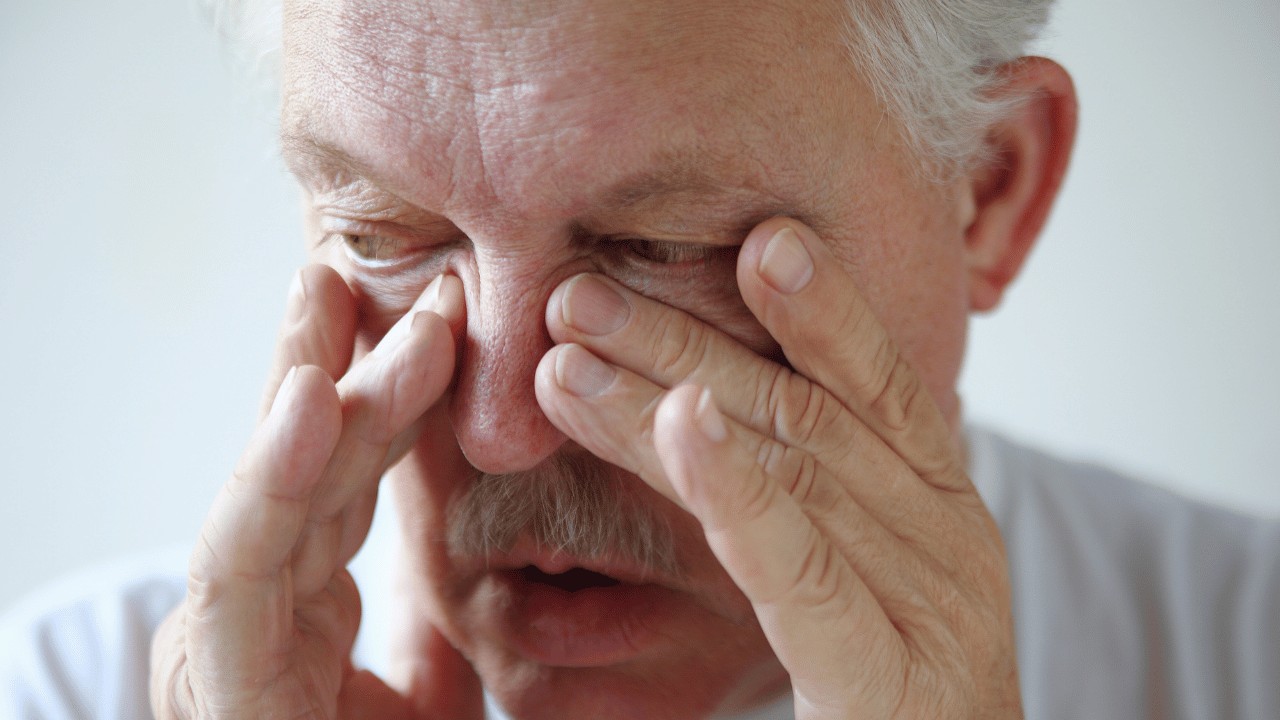
Can You Ditch the CPAP Machine?
At Optimal Circadian Health, we recognize the importance of following with your medical provider regarding sleep apnea treatment options that work for you. Many people don’t tolerate a CPAP, but some do and notice a big improvement in their sleep and quality of life. For those looking to support breathing and sleep naturally through lifestyle changes while working with their medical provider, there are many opportunities. We receive emails from people that report feeling like they can breathe easier, others experience more restful sleep, and more. That said, no one can say what is appropriate for you. So, always discuss with your medical provider before starting anything new.
We focus on teaching you how to restore your natural breathing. Our book, Sleep Apnea Solution, has a number of resources worth reading about that can help you get your sleep back on track. When you read our book, here’s what you’ll get:
- Better understanding of the science behind sleep apnea
- The truth about CPAP and research behind it
- Lifestyle changes worth making, from nutrition tips to nervous system resets
- Breathing routines that may help you sleep easier at night
We sleep for about a third of our lives, so shouldn’t we be comfortable and at peace while we do it? That’s our goal for you!

